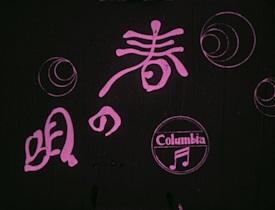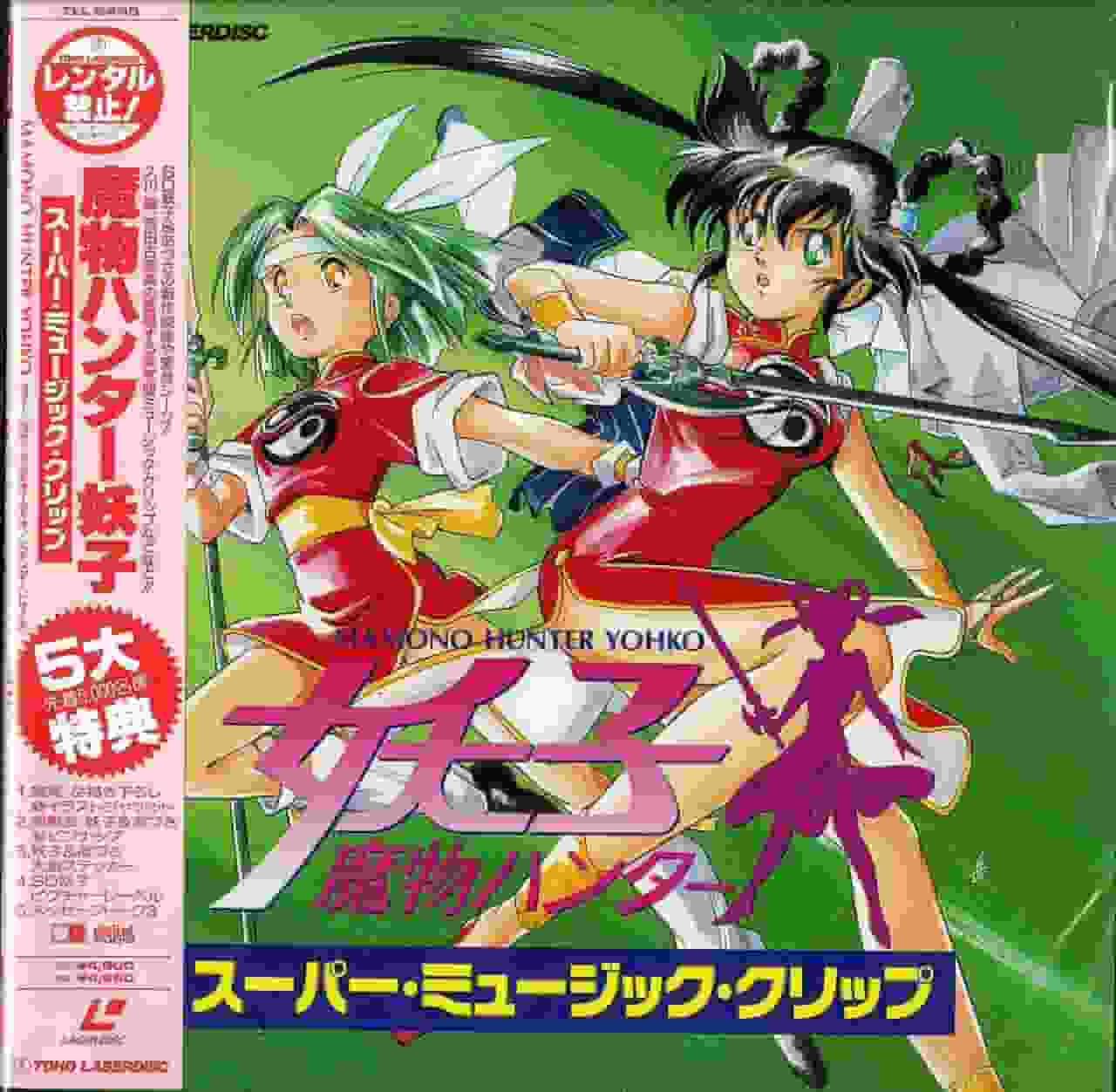"Song of Spring" review: A fusion of moving story and beautiful music

"Spring Song" - The appeal of the 1931 animated film and its historical significance■ Public Mediatheater ■ Original MediaAnime Original ■ Release date1931 ■Frequencies4 mins ■ Number of EpisodesEpisode 1 ■ DirectorNobuo Ofuji ■ ProductionChiyogami Film ■ StoryColumbia Records "Spring Song" ■ExplanationSynchronized with Columbia Records' "Spring Song." Sold on 9.5mm and 16mm film. The entire film is colored in pink. The mysterious and cute character movements, unique to the artist, are synchronized with the gorgeous music. ■ Main staff・Music by Shiro Matsumoto The historical background and behind-the-scenes story of "Song of Spring"Released in 1931, at a time when Japanese animation was still in its infancy, "Song of Spring" is beloved by many and holds historical significance despite its short running time. The film was produced by Chiyogami Eiga and directed by Ofuji Nobuo. Produced in sync with the song "Song of Spring" by Columbia Records, the animation was sold on 9.5mm and 16mm film and features visuals painted entirely in pink, which was rare at the time. The state of the Japanese animation industry at the time greatly influenced the production of "Song of Spring." In the early 1930s, Japanese animation was still in its infancy, and both technology and methods of expression were still in the trial and error stage. However, "Song of Spring" succeeded in a new attempt to fuse music and animation, and had a major influence on later animation production. In particular, the music by Matsumoto Shiro and the character movements drawn under the direction of Ofuji Nobuo were beautifully synchronized, making it a work that can be enjoyed both visually and aurally. The visual and musical appeal of "Song of Spring"The greatest appeal of "Song of Spring" is the fusion of its visuals and music. The entire film is colored in pink, a result of utilizing the technology available at the time, and gives the viewer a sense of the warmth and gaiety of spring. Matsumoto Shiro's music, with its melody that evokes the arrival of spring, is perfectly synchronized with the characters' movements. This fusion of music and visuals can be enjoyed with both eyes and ears, and leaves a deep impression on the viewer. The character movements are also one of the attractions of "Spring Song." The characters, drawn under the direction of Ofuji Nobuo, have mysterious and adorable movements that draw the viewer in. The character movements are synchronized with the music, making them even more appealing and providing visual enjoyment. The character movements also made full use of the technology of the time, and had a major influence on later animation production. The historical significance of "Song of Spring" and its subsequent influenceDespite its short running time, "Song of Spring" is loved by many people and has historical significance. This work successfully attempted a new combination of music and animation, and had a major influence on later animation productions. In particular, the music by Shiro Matsumoto and the character movements drawn under the direction of Nobuo Ofuji were perfectly synchronized, making it a work that can be enjoyed both visually and aurally. The influence of "Song of Spring" can be seen in subsequent animation productions. In particular, the technique of combining music and animation had a major impact on subsequent animation productions, and was adopted in many works. In addition, the visuals, which were entirely colored in pink, also influenced subsequent animation productions, widening the scope of visual expression. Evaluation and recommendation of "Song of Spring"Despite its short running time, "Song of Spring" is loved by many people and has historical significance. This work successfully attempted a new combination of music and animation, and had a major influence on later animation productions. In particular, the music by Shiro Matsumoto and the character movements drawn under the direction of Nobuo Ofuji were perfectly synchronized, making it a work that can be enjoyed both visually and aurally. The reason I recommend "Spring Song" is because of its historical significance and the appeal of its visuals and music. This work was a successful new attempt at fusing music and animation, and had a major influence on later animation production. In addition, the visuals, which are entirely colored in pink, and Matsumoto Shiro's music deeply move viewers. This is a work that should be seen, especially by those who are interested in the history of animation and the fusion of music and animation. Detailed information on "Spring Song""Song of Spring" is a 1931 animated film produced by Chiyogami Eiga and directed by Ofuji Nobuo. Synchronized with the song "Song of Spring" by Columbia Records, the animation was released on 9.5mm and 16mm film and features an all-pink visual that was rare at the time. The music was composed by Matsumoto Shiro and the character movements were directed by Ofuji Nobuo. The story of "Song of Spring" is based on Columbia Records' "Song of Spring" and successfully combined music and animation. In particular, the music by Shiro Matsumoto and the character movements drawn under the direction of Nobuo Ofuji were perfectly synchronized, making the film enjoyable both visually and aurally. In addition, the visuals, which are entirely painted in pink, were the result of making full use of the technology available at the time, and they make the viewer feel the warmth and gaiety of spring. Recommended points of "Song of Spring"The reasons why I recommend "Song of Spring" are as follows:
As mentioned above, "Song of Spring" is a work that you should definitely see for its historical significance and the appeal of its visuals and music. It is especially recommended for those who are interested in the history of animation and the fusion of music and animation. |
<<: A Day in Chameko's Life: A look into the unique characters and charm of the story
>>: "The Power of the Heart": An anime review that explores moving stories and profound themes
Recommend
The appeal and reviews of "Little Lord Ceddie": A moving story and deep characters
Revisiting the charm and emotion of "Little ...
Shigeru Miyamoto thanks media for negative reviews of Super Mario Bros. Movie
The Super Mario Bros. Movie, a collaboration betw...
The animated film "Spy Play Codename Bai" has been confirmed to be introduced at a later date
On March 4, the animated film "Spy Play Code...
"Kankan Karasu": A thorough analysis of the famous song from NHK's "Minna no Uta"!
"Kankan Crow" - Looking back on the mas...
Original horse racing series "Gunjo no Fanfare" new trailer to be broadcast in spring 2022
The rare original horse racing-themed TV animatio...
The appeal and evaluation of "Argevollen": a must-see mecha anime masterpiece
"Argevollen: The Will of Silver" - A ta...
The official trailer of the novel-adapted animated film "Jose, the Tiger and the Fish" was released and will be released in December
The famous romantic drama "Jose, the Tiger a...
"Ip Man 4" is now available on Youku and iQiyi. Members can unlock the full movie for 6 yuan
Recently, the movie "Ip Man 4" was laun...
"Jurassic World 3" was suspended again and the new coronavirus was detected on the first day of resumption
"Jurassic World 3" was suspended for mo...
The appeal and evaluation of "Dennou Oyaji": Rediscovering the good old days
"Dennou Oyaji" - The charm and full pic...
French company to remake Train to Busan!
French film company Gaumont announced on Wednesda...
Hajime Isayama wins special award at Angoulême International Comics Festival
On January 28th local time in Paris, France, the ...
Fierce Battle! The appeal and reviews of CRASH GEAR TURBO: The hot-blooded battle never stops!
The appeal and evaluation of "Fierce Battle!...
The Eternal Fire Fist strikes! A spin-off comic of the popular character Ace from One Piece begins serialization
Although the "One Piece" character Ace ...
The Lion King: The Legend of Mufasa new trailer released on December 20
Today (August 10), a new trailer for "The Li...









